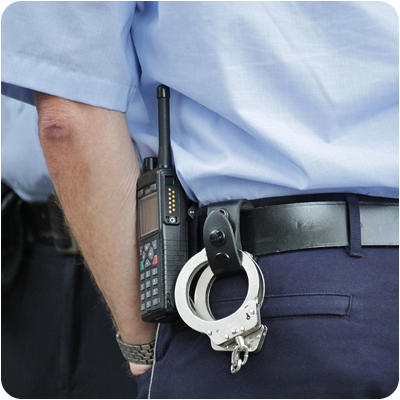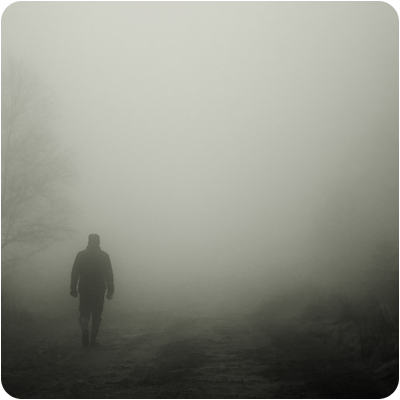Het arrangement 19.1 Young criminals - tto123 is gemaakt met Wikiwijs van Kennisnet. Wikiwijs is hét onderwijsplatform waar je leermiddelen zoekt, maakt en deelt.
- Auteur
- Laatst gewijzigd
- 11-05-2025 19:00:12
- Licentie
-
Dit lesmateriaal is gepubliceerd onder de Creative Commons Naamsvermelding-GelijkDelen 4.0 Internationale licentie. Dit houdt in dat je onder de voorwaarde van naamsvermelding en publicatie onder dezelfde licentie vrij bent om:
- het werk te delen - te kopiëren, te verspreiden en door te geven via elk medium of bestandsformaat
- het werk te bewerken - te remixen, te veranderen en afgeleide werken te maken
- voor alle doeleinden, inclusief commerciële doeleinden.
Meer informatie over de CC Naamsvermelding-GelijkDelen 4.0 Internationale licentie.
Aanvullende informatie over dit lesmateriaal
Van dit lesmateriaal is de volgende aanvullende informatie beschikbaar:
- Toelichting
- Deze les valt onder de arrangeerbare leerlijn van de Stercollectie voor Engels voor tweetalig onderwijs, leerjaar 1, 2 en 3. Dit is thema 3 'Crime and justice'. Het onderwerp van deze les is: Young criminals. In deze les staat jeugdcriminaliteit centraal. Daarnaast worden ook de onderwerpen (woning)inbraak, criminaliteit en graffiti behandeld. De onregelmatige werkwoorden in deze les zijn: to fight, to find, to flee en to fly. In de grammaticaopdracht wordt 'passive' (lijdende vorm) behandeld.
- Leerniveau
- VWO 2; HAVO 1; VWO 1; HAVO 3; VWO 3; HAVO 2;
- Leerinhoud en doelen
- Engels;
- Eindgebruiker
- leerling/student
- Moeilijkheidsgraad
- gemiddeld
- Studiebelasting
- 1 uur 40 minuten
- Trefwoorden
- (woning)inbraak, arrangeerbaar, criminaliteit, engels, graffiti, jeugdcriminaliteit, passive voice, stercollectie, tto123, young criminals
Gebruikte Wikiwijs Arrangementen
VO-content Engels. (2019).
Young criminals - hv3

 The subject of this period is youth crime.
The subject of this period is youth crime.










 What have you learnt in this period?
What have you learnt in this period?
